Furniture After-Care: 6 Mistakes That Void Warranty
Table Of Contents
- Introduction
- Mistake 1: Using Harsh Chemical Cleaners
- Mistake 2: Ignoring Manufacturer's Weight Limits
- Mistake 3: DIY Repairs Without Authorization
- Mistake 4: Improper Moving and Transportation Methods
- Mistake 5: Exposure to Direct Sunlight and Extreme Elements
- Mistake 6: Neglecting Regular Maintenance
- How to Properly Maintain Your Furniture
- Understanding Furniture Warranties: What's Covered and What's Not
- Conclusion
Investing in quality furniture transforms your living space into a comfortable, stylish sanctuary that reflects your personal taste. At Loft Home Furniture, we take pride in offering Singapore residents premium, designer-inspired pieces that combine aesthetics with durability. However, even the finest furniture requires proper care to maintain its beauty and structural integrity over time.
What many furniture owners don't realize is that certain common maintenance practices—or lack thereof—can actually void the warranty that protects their investment. Understanding these warranty-voiding mistakes is essential for preserving both your furniture's condition and your consumer rights.
In this comprehensive guide, we'll explore six critical mistakes that can nullify your furniture warranty, explain the reasoning behind each restriction, and offer practical alternatives to help you maintain your pieces correctly. Whether you've recently purchased a stunning fabric sofa, an elegant dining table, or a sophisticated bed frame, these insights will help ensure your furniture remains in pristine condition for years to come.
Mistake 1: Using Harsh Chemical Cleaners
When faced with a stubborn stain or spill, it's tempting to reach for powerful chemical cleaners that promise quick results. However, this common reaction can have serious consequences for your furniture's warranty.
Harsh chemicals like bleach, ammonia, and solvent-based cleaners can break down protective finishes, discolor fabrics, and weaken structural bonds in your furniture. For instance, using bleach on a fabric sofa might remove the stain, but it will likely also remove the color and damage the fibers. Similarly, using alcohol-based products on wood finishes can dissolve protective layers that manufacturers carefully apply to wooden tables and storage pieces.
Manufacturers specify acceptable cleaning methods for a reason—they've extensively tested these approaches to ensure they won't damage the materials. When you ignore these guidelines, you effectively override the manufacturer's expertise and assume responsibility for any resulting damage.
What to do instead: Always consult your furniture's care guide before cleaning. For most pieces, a solution of mild soap and water works effectively for routine cleaning. For specific materials, consider these alternatives:
- Leather: Use specialized leather cleaners or a slightly damp cloth with a tiny amount of mild soap
- Wood: Opt for furniture-specific polish or a slightly dampened microfiber cloth
- Fabric: Blot stains immediately, use fabric-specific cleaners or have them professionally cleaned when necessary
Mistake 2: Ignoring Manufacturer's Weight Limits
Every piece of furniture is designed and constructed to support a specific weight capacity. This isn't just a suggestion—it's a critical specification that directly affects functionality and safety. Unfortunately, many furniture owners overlook these limits, particularly with items like chairs, sofas, and bed frames.
Exceeding the recommended weight limit places excessive stress on the furniture's structural components. Initially, this might not cause visible damage, but over time, it leads to weakened joints, warped surfaces, and eventual structural failure. When inspecting a warranty claim, manufacturers can typically identify patterns of stress consistent with weight limit violations.
For example, a dining chair designed to support up to 120 kg that regularly bears 150 kg will likely develop loosened joints or a cracked seat. Similarly, a glass coffee table with excessive weight may develop stress fractures that eventually lead to complete failure.
What to do instead: Review the weight capacity information in your product manual, which typically includes:
- Per-seat weight limits for chairs and sofas
- Distributed weight capacity for tables and bed frames
- Shelf weight limitations for storage units
If you have specific needs that exceed standard weight capacities, speak with furniture specialists before purchasing. At Loft Home, we offer various furniture options with different structural specifications to accommodate diverse requirements.
Mistake 3: DIY Repairs Without Authorization
We understand the appeal of DIY furniture repairs. A wobbly chair leg, a scratched tabletop, or a sagging sofa cushion might seem like simple fixes that don't warrant professional attention. However, unauthorized repairs, no matter how well-intentioned, almost always void furniture warranties.
When you purchase quality furniture from reputable manufacturers, your warranty includes the right to professional repair services. DIY attempts typically complicate the original issue by:
Using incompatible materials that react poorly with original components
Installing incorrect replacement parts that alter the furniture's structural integrity
Applying techniques that compromise the manufacturer's design specifications
For example, using standard wood glue to fix a loose joint on a wooden sofa might temporarily resolve the wobble, but it could prevent proper repair later by coating surfaces that need specialized adhesives. Similarly, replacing original hardware with generic alternatives on a drawer storage unit might change weight distribution and stress points.
What to do instead: When you notice an issue with your furniture:
- Document the problem with clear photos
- Contact the retailer or manufacturer's customer service
- File a warranty claim according to their process
- Await professional assessment before attempting any repairs
At Loft Home, our 30-day no-reason return policy and comprehensive warranty coverage ensure you receive appropriate support for furniture issues, preserving both your investment and warranty protection.
Mistake 4: Improper Moving and Transportation Methods
Relocating or rearranging furniture presents significant risks to your warranty coverage. Many warranties specifically exclude damage incurred during relocation, particularly when proper moving procedures aren't followed.
Common moving mistakes include:
Dragging furniture across floors instead of lifting it properly, which stresses joints and can damage legs or bases
Disassembling pieces without following manufacturer instructions, potentially losing components or reassembling incorrectly
Improper wrapping and padding during transportation, leading to scratches, dents, or structural damage
Exposing furniture to adverse conditions during moves (rain, excessive heat, etc.)
These actions can cause immediate visible damage or create subtle structural weaknesses that manifest later. For instance, dragging a heavy TV console across the floor might crack internal support structures that aren't immediately visible but eventually lead to shelf collapse.
What to do instead: Follow these guidelines when moving furniture:
- Always lift furniture rather than dragging it—recruit sufficient help for heavier items
- Consult assembly instructions before disassembling pieces for moving
- Use furniture blankets, corner protectors, and appropriate packaging materials
- Consider professional movers for valuable or complex furniture pieces
- Keep original packaging materials when possible for future moves
For larger purchases, Loft Home's professional delivery and installation service ensures your furniture is handled correctly from the start, maximizing protection and longevity.
Mistake 5: Exposure to Direct Sunlight and Extreme Elements
Singapore's tropical climate presents unique challenges for furniture maintenance. Extended exposure to direct sunlight, high humidity, and temperature fluctuations can cause significant damage that warranties typically won't cover.
Sunlight damage is particularly insidious because it occurs gradually. UV rays fade fabrics and leather, discolor wood finishes, and weaken synthetic materials over time. A fabric sofa placed in direct sunlight might develop noticeably faded patches within months, while wood furnishings can develop uneven coloration or cracking.
Similarly, humidity fluctuations cause wood to expand and contract, potentially leading to warping, cracking, or joint failure in items like wooden tables and storage pieces. Placement near air conditioning vents, heaters, or windows can create these problematic conditions.
Manufacturers specify appropriate environmental conditions because their materials and construction methods are designed for certain parameters. Extreme conditions push these materials beyond their intended tolerances.
What to do instead:
- Position furniture away from direct sunlight or use window treatments to filter UV rays
- Maintain consistent indoor humidity levels (ideally between 40-60%)
- Rotate cushions and movable components regularly to ensure even wear
- Use appropriate furniture covers for outdoor pieces during inclement weather
- Consider dehumidifiers in particularly humid rooms where valuable furniture is kept
For outdoor spaces, Loft Home offers specialized outdoor furniture designed to withstand Singapore's climate while maintaining its appearance and structural integrity.
Mistake 6: Neglecting Regular Maintenance
Perhaps the most common warranty-voiding mistake is simply failing to perform regular, recommended maintenance. Many furniture warranties include specific care requirements that, if neglected, provide grounds for claim denial.
This negligence might include:
Skipping routine cleaning that prevents buildup of dust and debris, which can become abrasive and damage surfaces
Failing to tighten loose components before they cause structural issues
Not conditioning leather, oiling wood, or performing other material-specific maintenance
Ignoring early signs of problems that could be addressed before major damage occurs
For example, leather furniture typically requires conditioning every 6-12 months to prevent drying and cracking. Neglecting this care routine won't show immediate consequences, but over time, the leather will deteriorate and eventually crack—damage that warranty providers will identify as maintenance failure rather than a product defect.
Similarly, not tightening loose hardware on items like dining chairs or bed frames allows movement that gradually enlarges connection points and compromises structural integrity.
What to do instead: Create a simple maintenance schedule based on your furniture's care instructions:
- Weekly: Light dusting and cleaning
- Monthly: More thorough cleaning and inspection for loose components
- Quarterly or biannually: Deep cleaning, conditioning, and hardware tightening
- Annually: Comprehensive assessment of all furniture pieces
Document your maintenance activities, especially for high-value pieces. This record can be valuable if warranty questions arise later.
How to Properly Maintain Your Furniture
Implementing a proper furniture maintenance routine doesn't need to be time-consuming or complicated. Here are material-specific care guidelines to help you protect your warranty and extend your furniture's lifespan:
For Wooden Furniture
Wood requires consistent care to maintain its beauty and structural integrity. For your wooden tables, chairs, and storage pieces:
- Dust regularly with a soft, lint-free cloth to prevent surface scratching
- Clean spills immediately with a slightly damp cloth, followed by a dry cloth
- Apply appropriate wood polish or conditioner every 3-6 months
- Use coasters, placemats, and trivets to protect surfaces from moisture and heat
- Maintain stable humidity levels to prevent warping and cracking
For Upholstered Furniture
Fabric and leather upholstery require different care approaches to remain in warranty-compliant condition:
Fabric Upholstery:
- Vacuum regularly using upholstery attachments to remove dust and prevent it from settling into fibers
- Address spills immediately by blotting (never rubbing) with a clean, absorbent cloth
- Rotate cushions weekly to ensure even wear
- Follow manufacturer guidelines for cleaning codes (W, S, WS, or X)
- Consider professional cleaning annually for frequently used pieces
Leather Upholstery:
- Dust weekly with a soft, dry cloth
- Clean with appropriate leather cleaner every 3 months
- Apply leather conditioner every 6-12 months to prevent drying and cracking
- Keep leather away from direct heat sources and sunlight
- Address spills immediately by blotting with a dry cloth
For Metal and Glass Components
Metal and glass elements in furniture require specific attention:
- Clean glass surfaces with appropriate glass cleaner and microfiber cloth to prevent streaking
- Dust metal components regularly to prevent buildup that can lead to oxidation
- Address fingerprints on metal surfaces promptly to prevent oil transfer
- Check and tighten metal hardware regularly, particularly on pieces with moving parts
- Apply appropriate metal polish as needed to maintain finish
Understanding Furniture Warranties: What's Covered and What's Not
Furniture warranties can vary significantly between manufacturers and retailers. Understanding the specifics of your coverage helps you maintain your furniture appropriately and know when you're entitled to service.
Typically Covered Under Warranty
- Manufacturing defects in materials and workmanship
- Structural issues that arise under normal use
- Premature deterioration of materials not caused by misuse
- Mechanical failures in moving parts (recliners, extensible features)
- Significant color fading that occurs despite proper care (excluding natural wood changes)
Typically Excluded from Warranty
- Normal wear and tear from regular use
- Damage from accidents, misuse, or improper care
- Issues arising from exposure to inappropriate environmental conditions
- Changes in wood color or appearance due to natural aging
- Damage that occurs during relocation or transportation
- Floor sample, "as-is," or clearance purchases
At Loft Home Furniture, we're committed to transparency regarding our warranty coverage. Our customer service team is always available to clarify warranty terms and assist with any questions about proper furniture care or potential warranty claims.
Documenting Your Purchase and Maintenance
To ensure smooth warranty claim processing if issues arise, maintain:
- Original purchase receipts and documentation
- Warranty certificates or policy information
- Photos of furniture upon delivery to document initial condition
- Records of professional cleaning or repair services
- Notes on regular maintenance performed
This documentation provides valuable evidence that you've maintained your furniture according to requirements, strengthening your position if warranty questions arise.
Conclusion
Understanding and avoiding the six common warranty-voiding mistakes we've discussed—using harsh chemicals, exceeding weight limits, attempting DIY repairs, moving furniture improperly, exposing pieces to extreme elements, and neglecting maintenance—is essential for protecting both your furniture investment and your warranty coverage.
Quality furniture represents a significant investment in your home's comfort, functionality, and aesthetic appeal. When cared for properly, premium pieces from reputable manufacturers can provide decades of enjoyment and service, often becoming cherished family heirlooms.
At Loft Home Furniture, we're committed to helping our customers enjoy their purchases for years to come. Beyond offering exceptionally crafted, designer-inspired pieces at accessible price points, we provide the knowledge and support you need to maintain your furniture properly.
Remember that a little preventive care goes a long way. By establishing simple maintenance routines, respecting your furniture's design limitations, and promptly addressing any concerns that arise, you'll not only maintain your warranty protection but also maximize your furniture's lifespan and appearance.
We invite you to explore our collections of premium sofas, tables, chairs, beds, and storage solutions—each designed with both beauty and durability in mind. Our furniture specialists are always available to answer your care questions and help you select pieces that align with your lifestyle and maintenance preferences.
Visit our website to discover our complete range of premium furniture and home décor items, or visit our showroom at Gambas Crescent to experience the quality and craftsmanship of our collections firsthand. At Loft Home, we're dedicated to helping you create a beautiful, functional living space with furniture that stands the test of time.


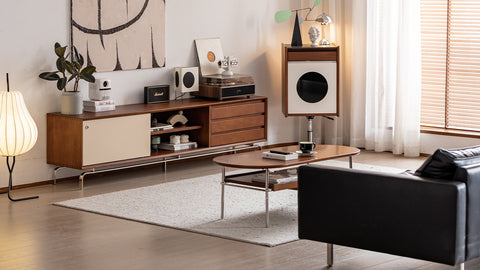

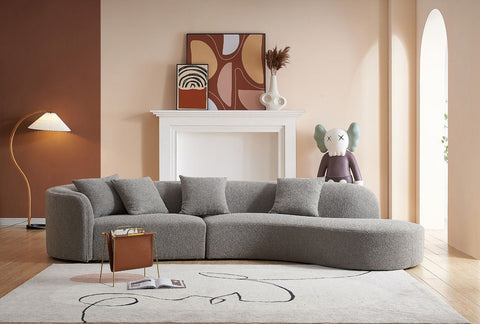
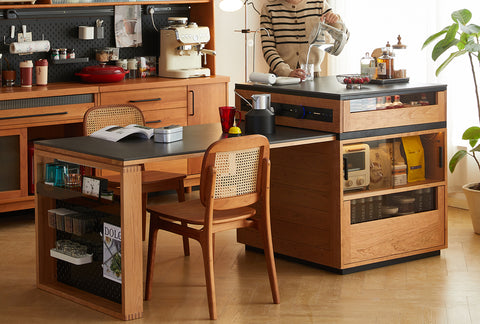
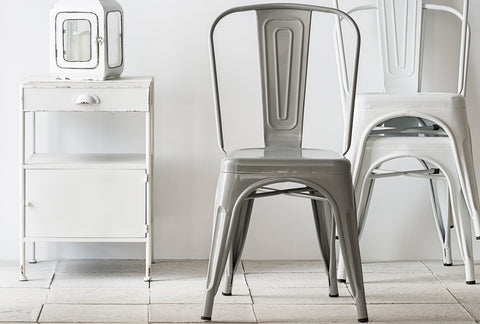
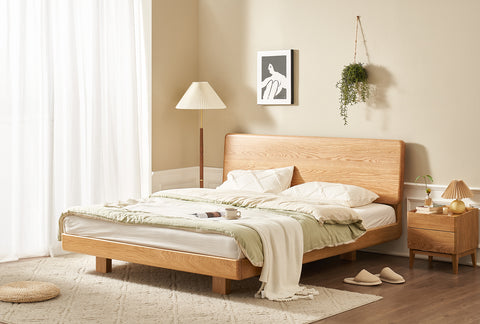
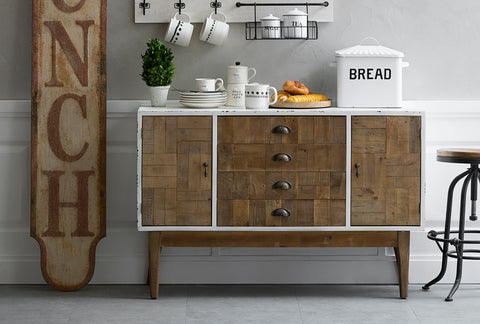




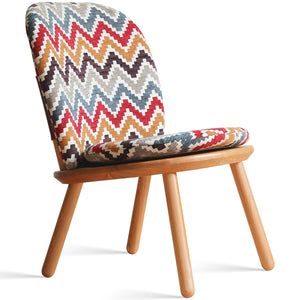
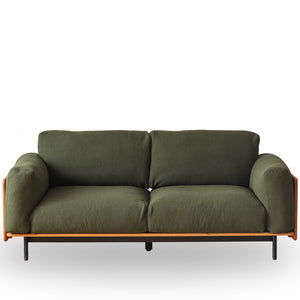
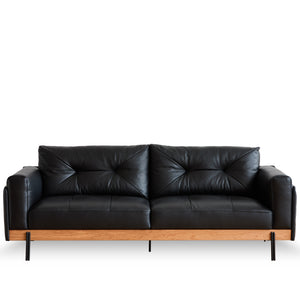
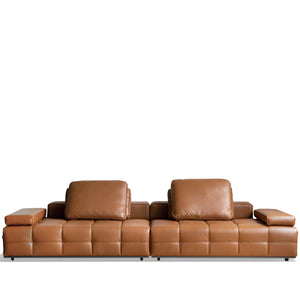
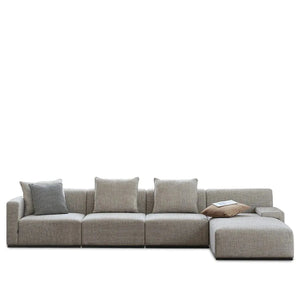
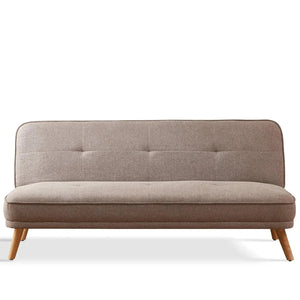
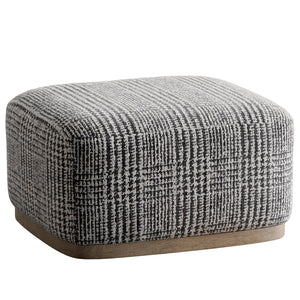

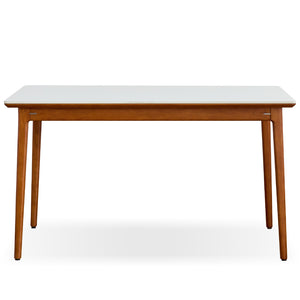
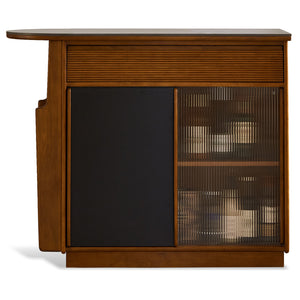
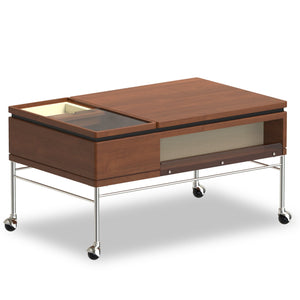
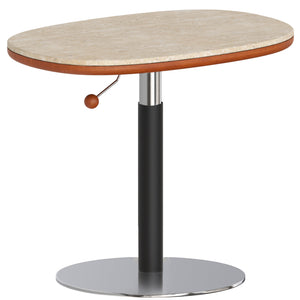
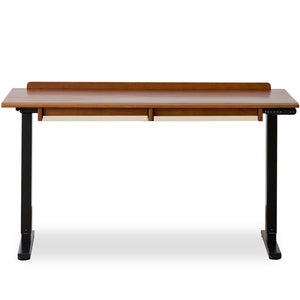
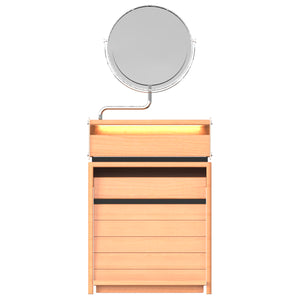

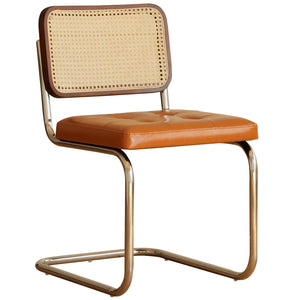
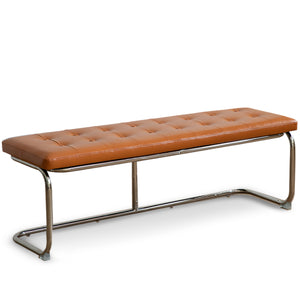
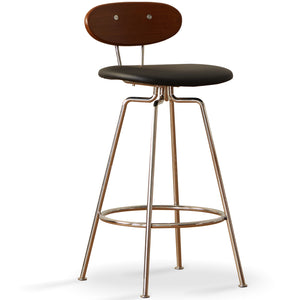

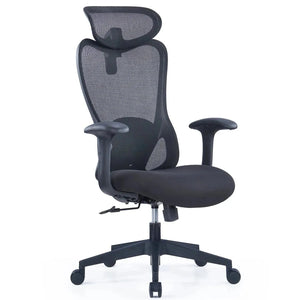

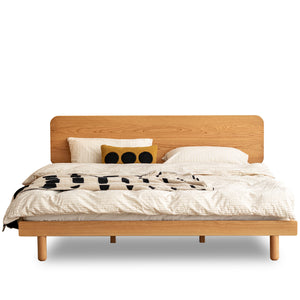


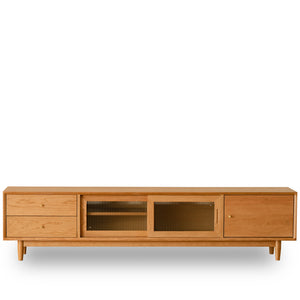
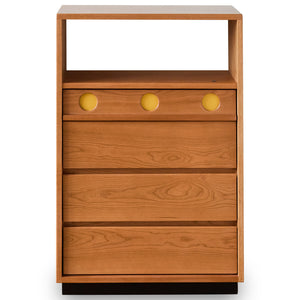
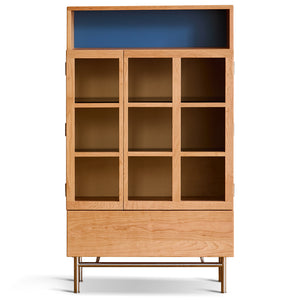
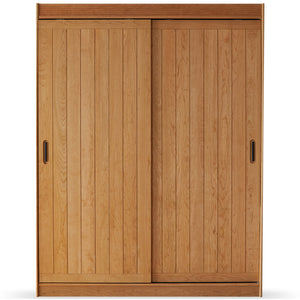
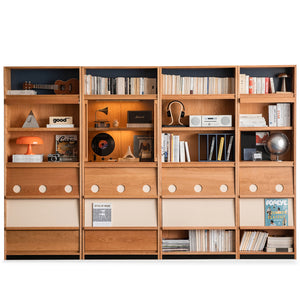

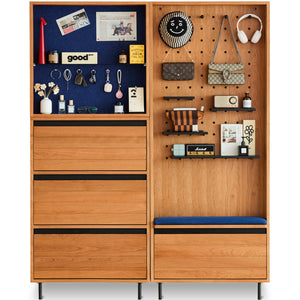
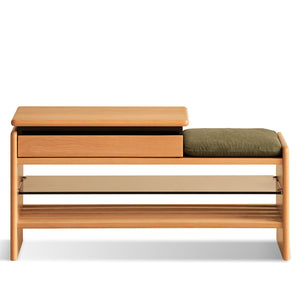
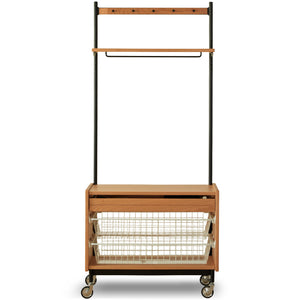






















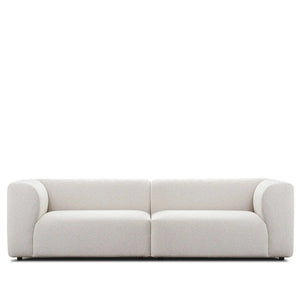




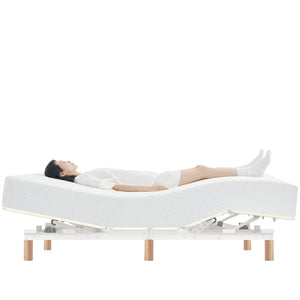

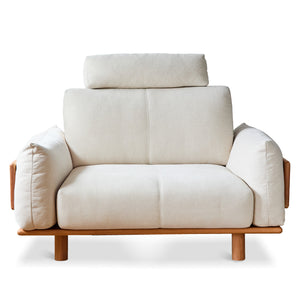

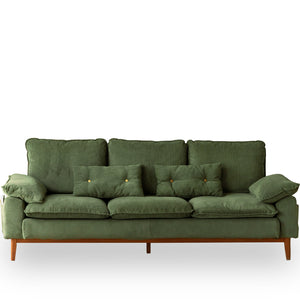
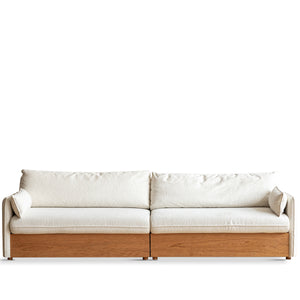
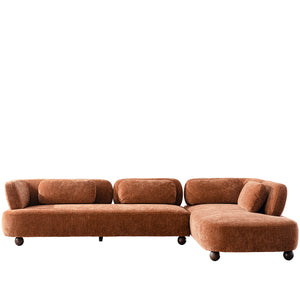
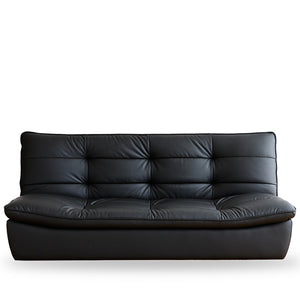
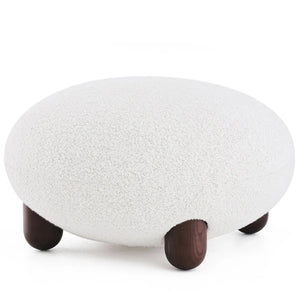
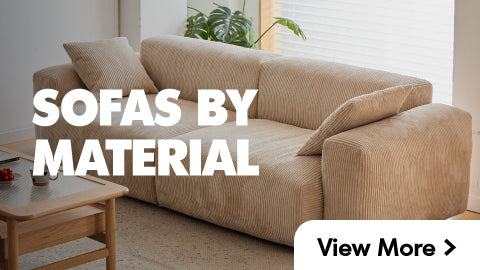
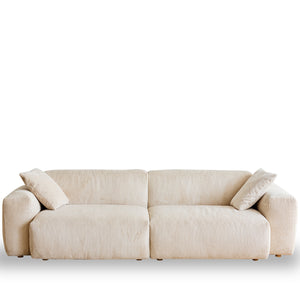
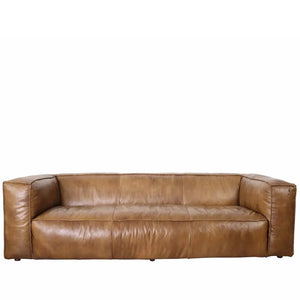
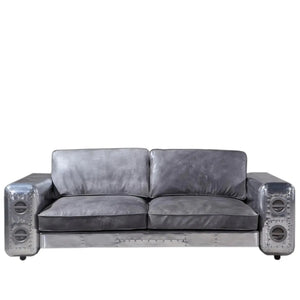
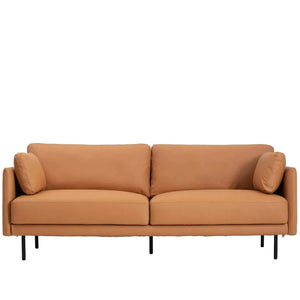
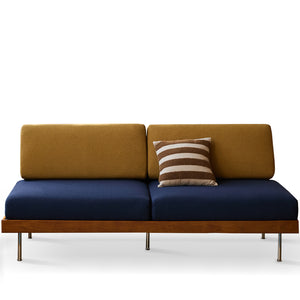
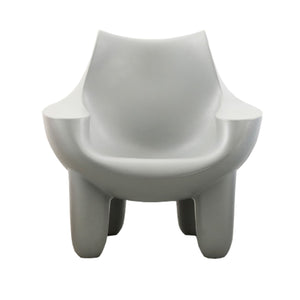


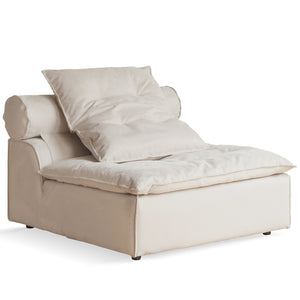

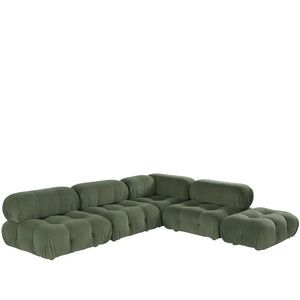
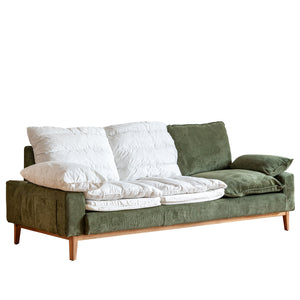
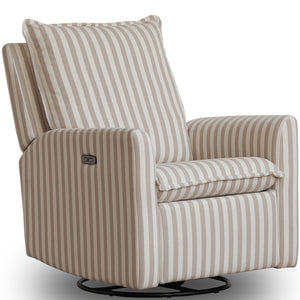

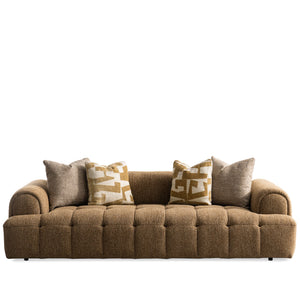

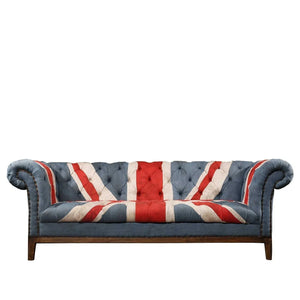
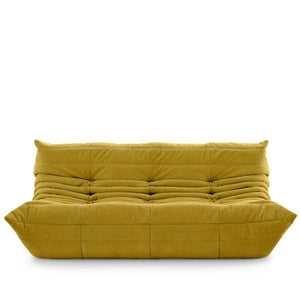
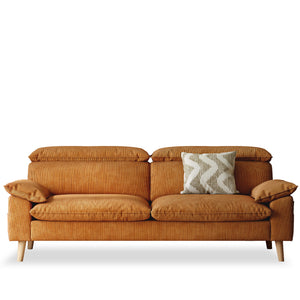
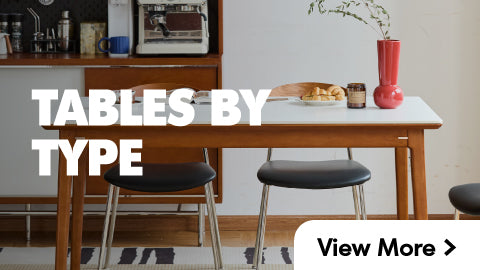
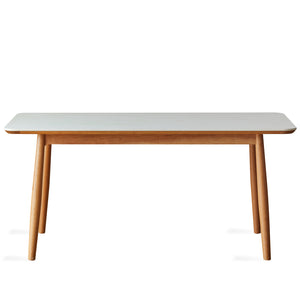
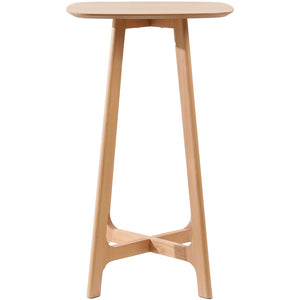
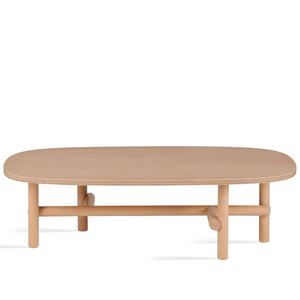
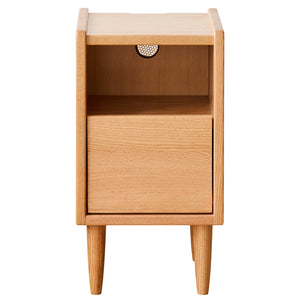
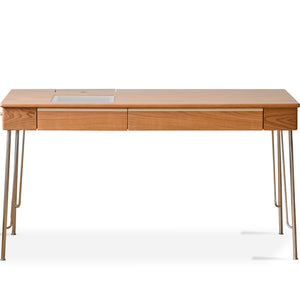
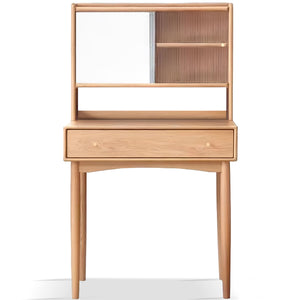
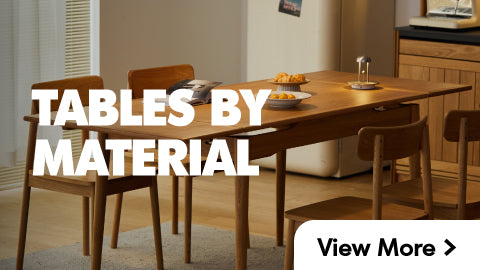
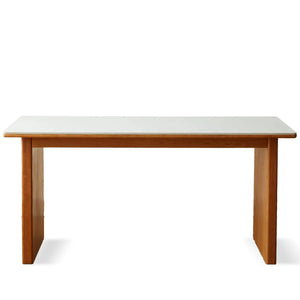
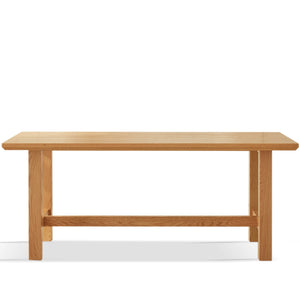
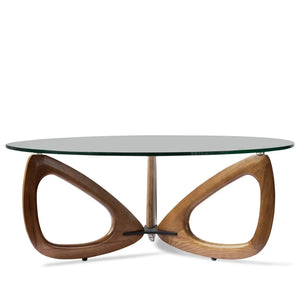
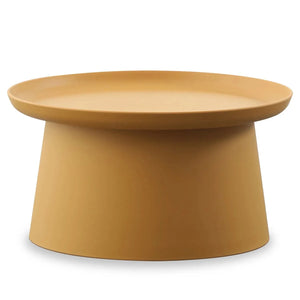

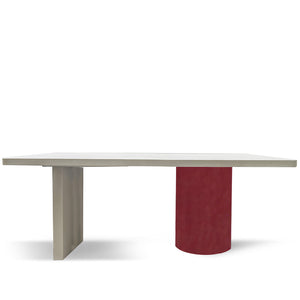
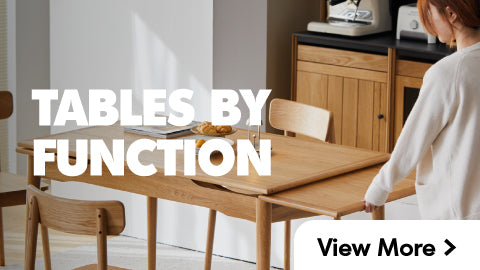
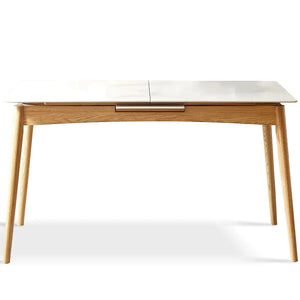
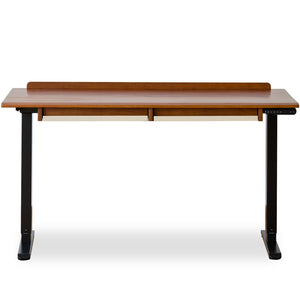
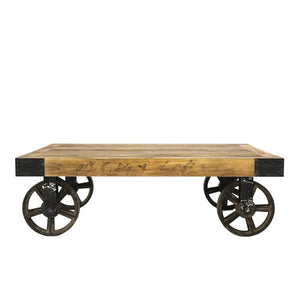

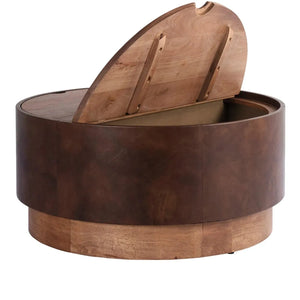
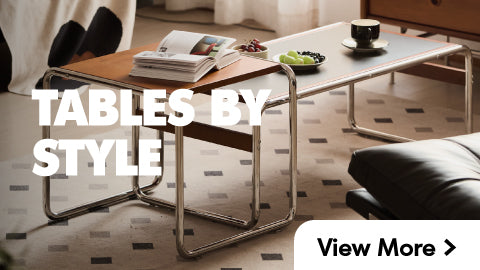
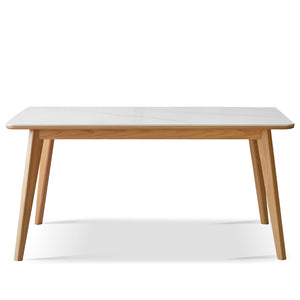

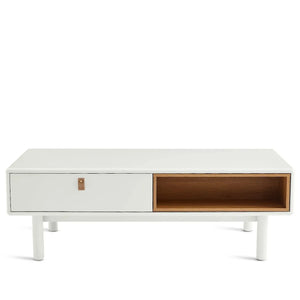
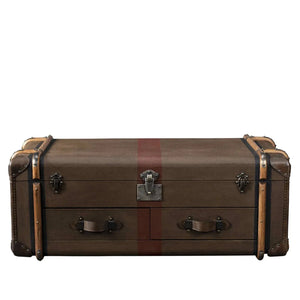
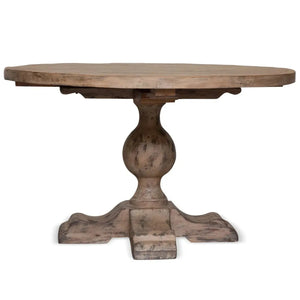


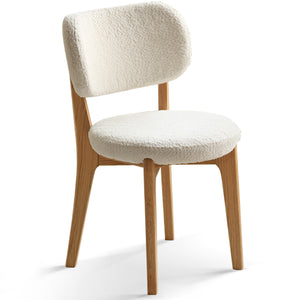
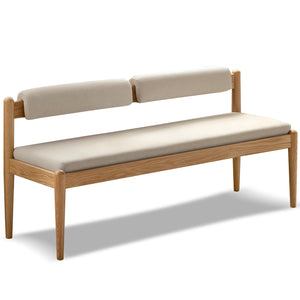
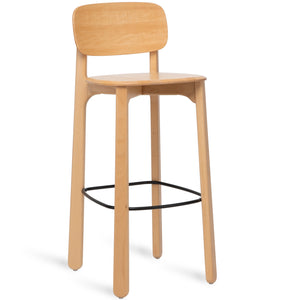
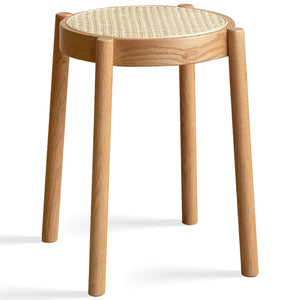
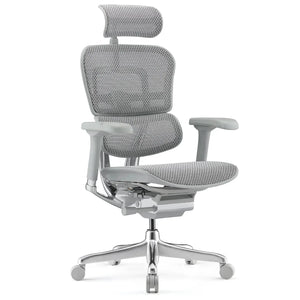
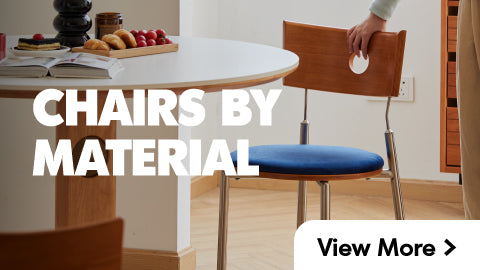
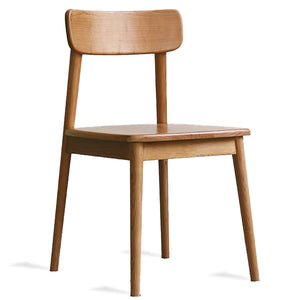
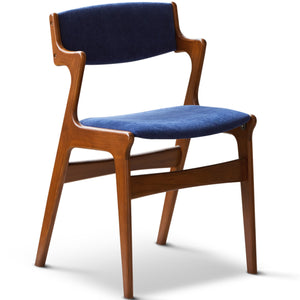
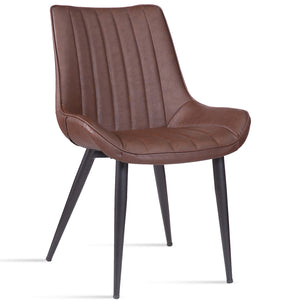
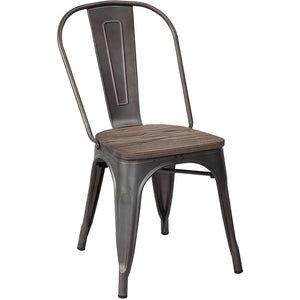
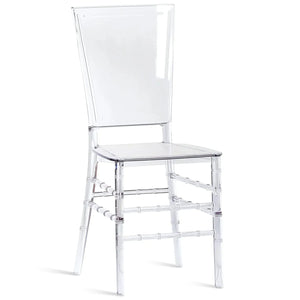
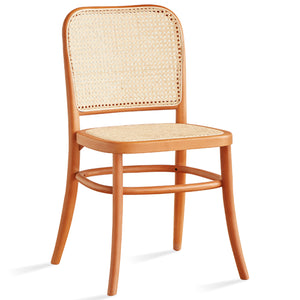
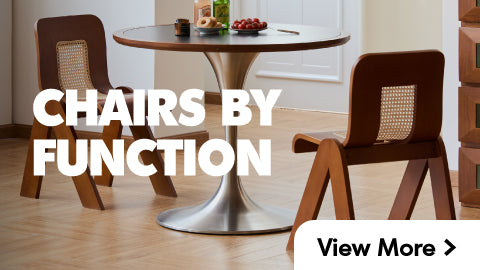
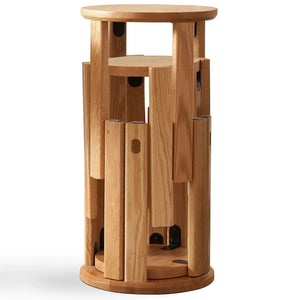

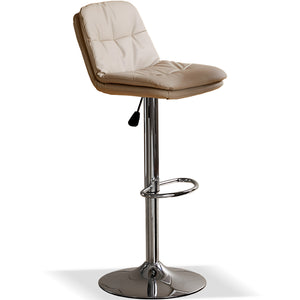
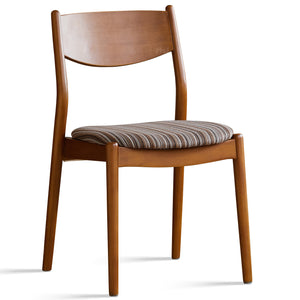
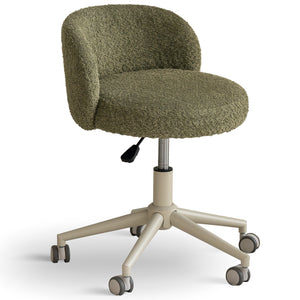
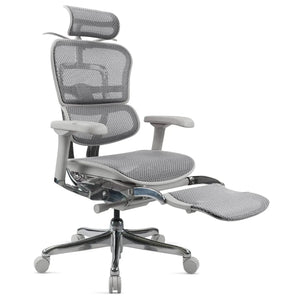

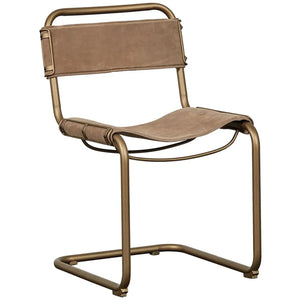
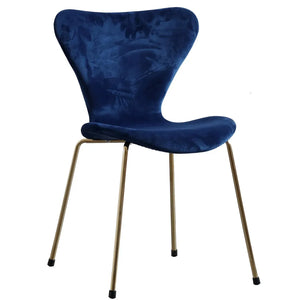
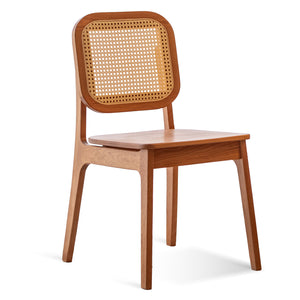
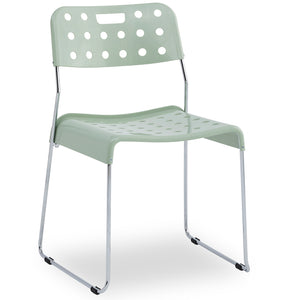
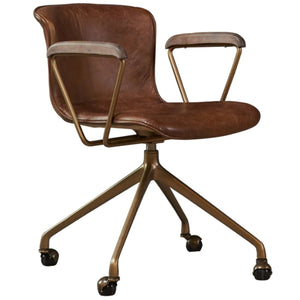

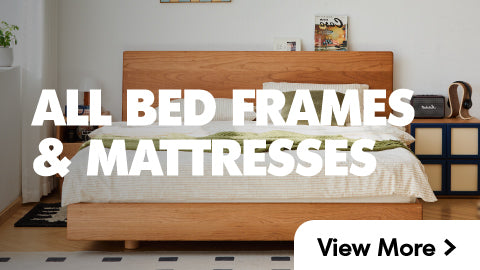
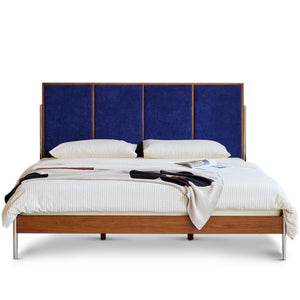

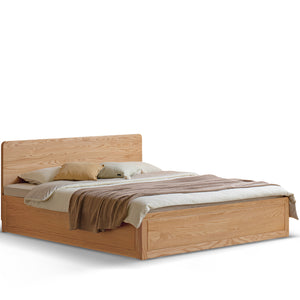
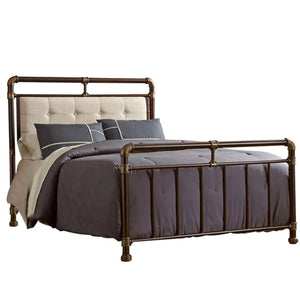
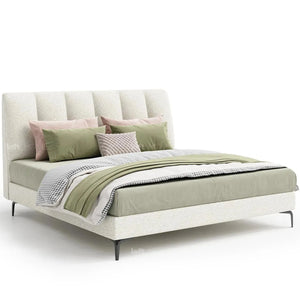
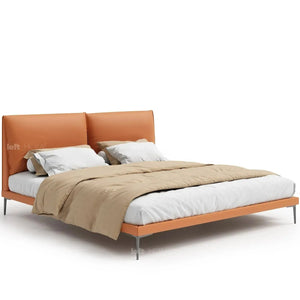
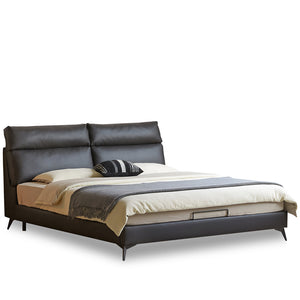
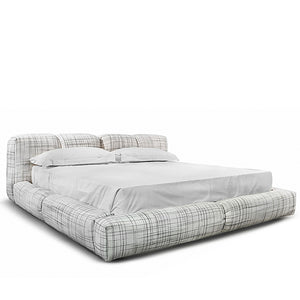

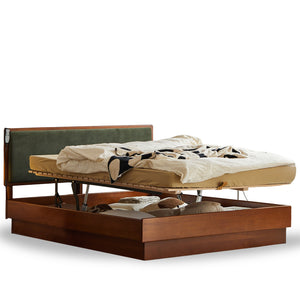


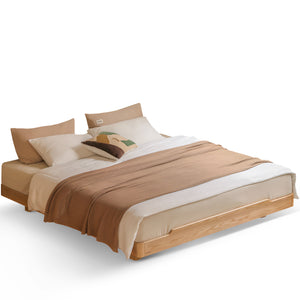
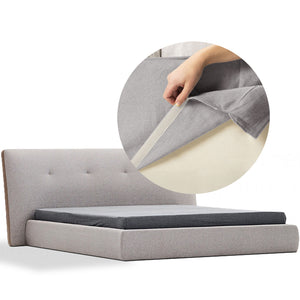
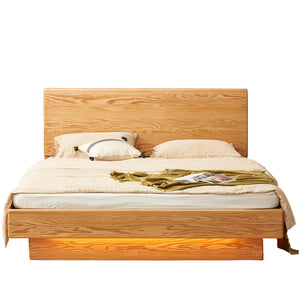

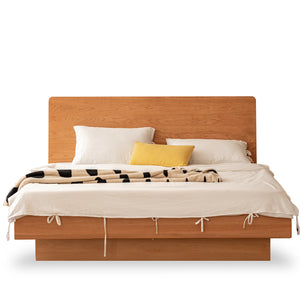
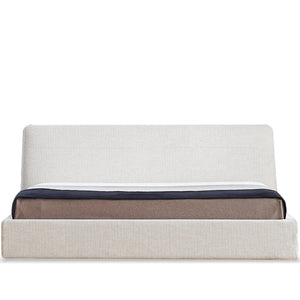
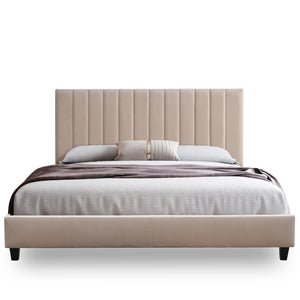
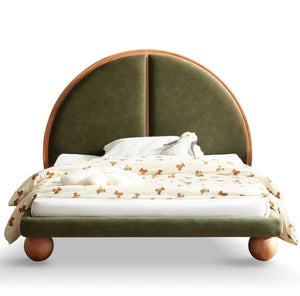
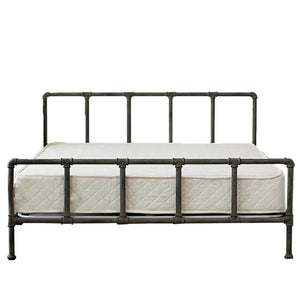

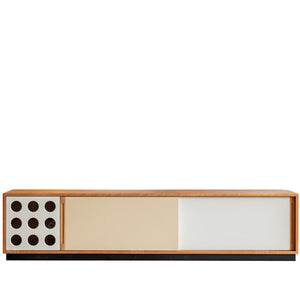

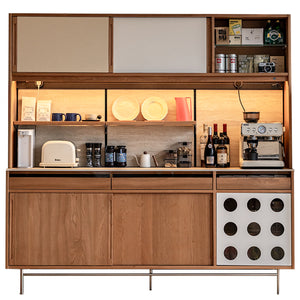
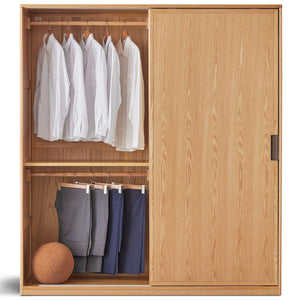
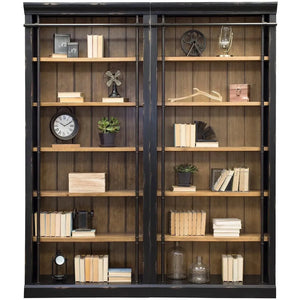
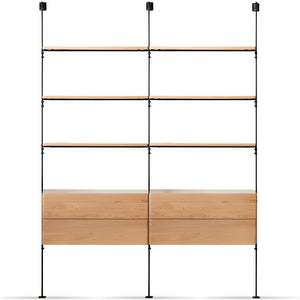
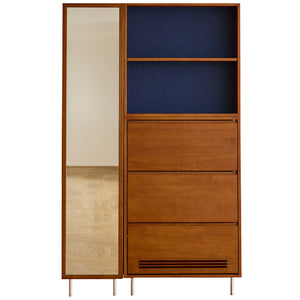
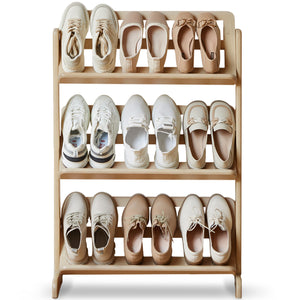
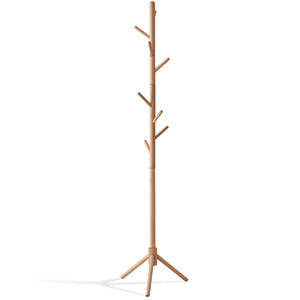

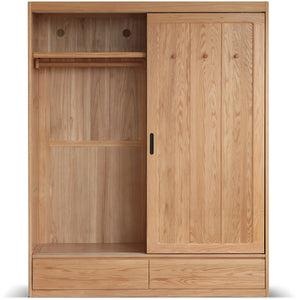
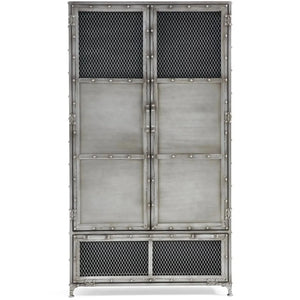
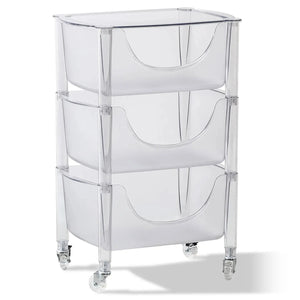
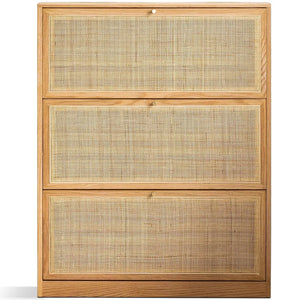
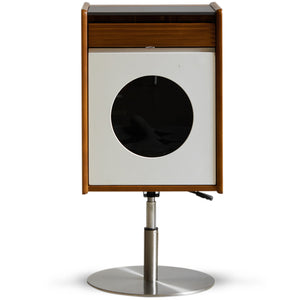
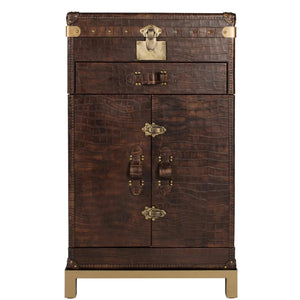

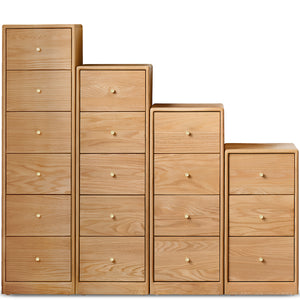
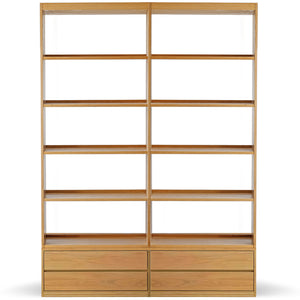
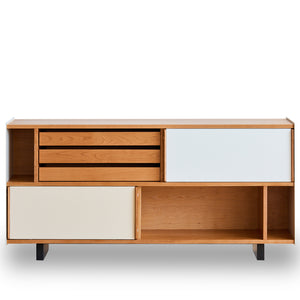
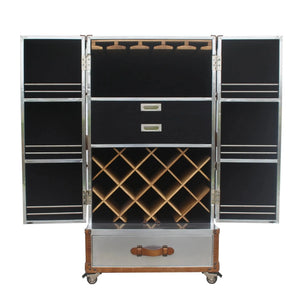
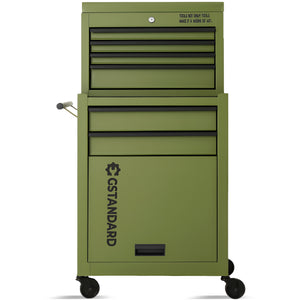


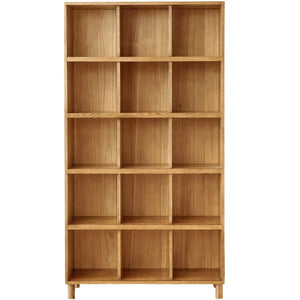

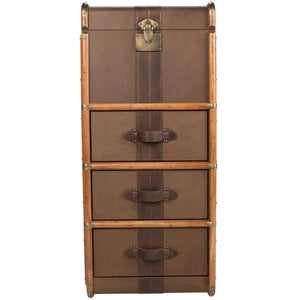
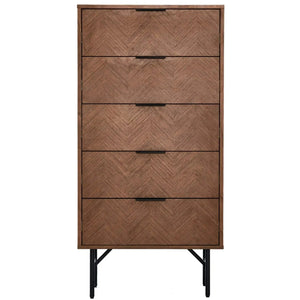

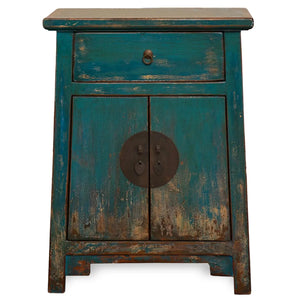


























































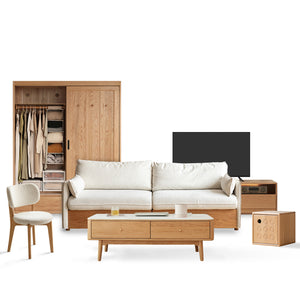
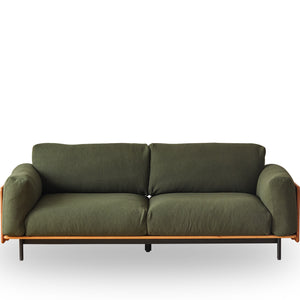
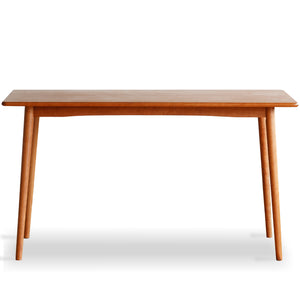
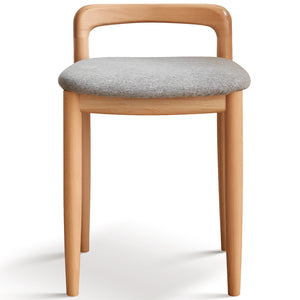
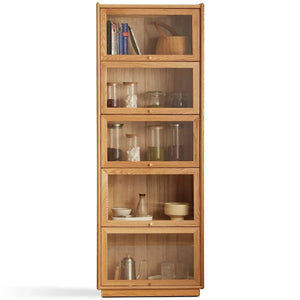



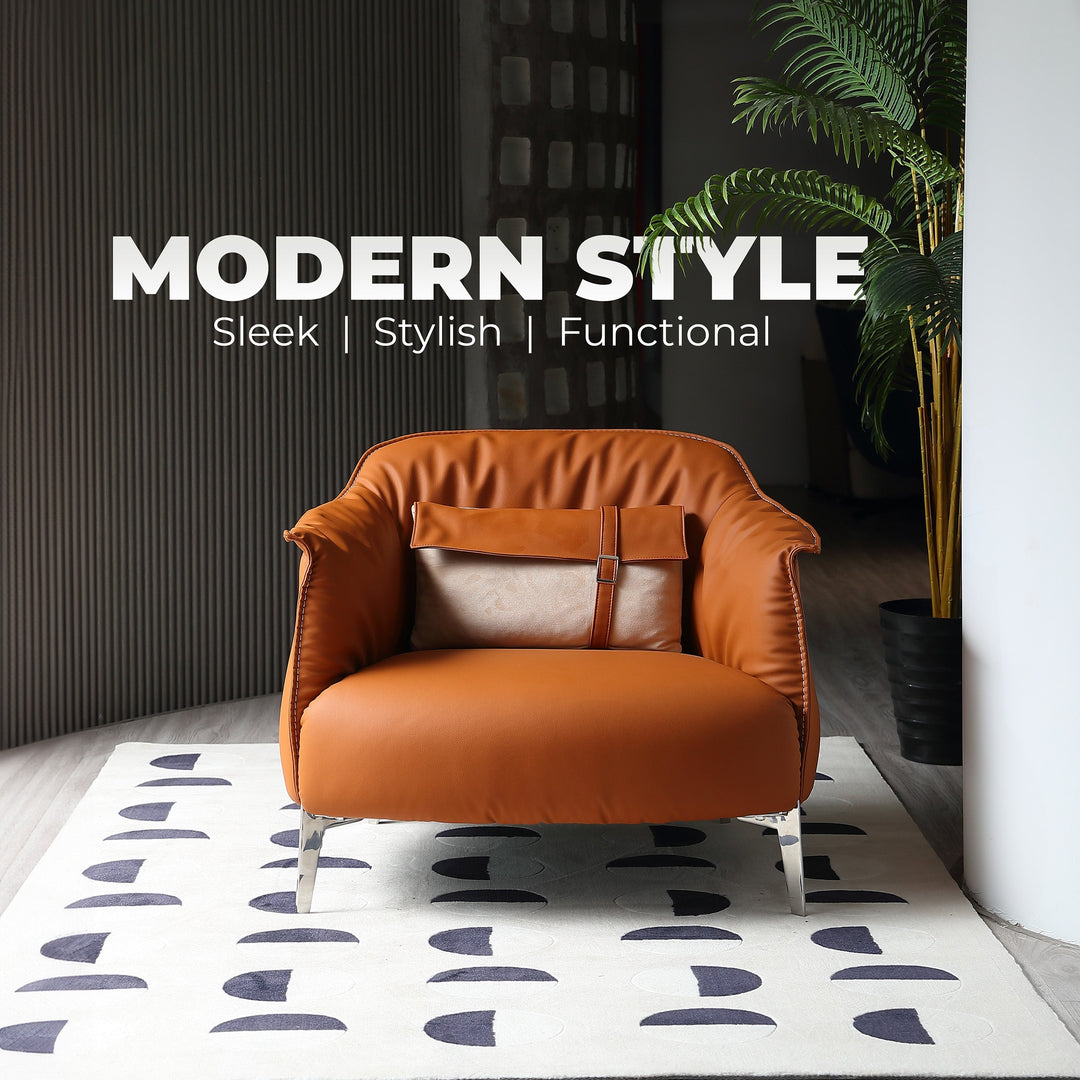
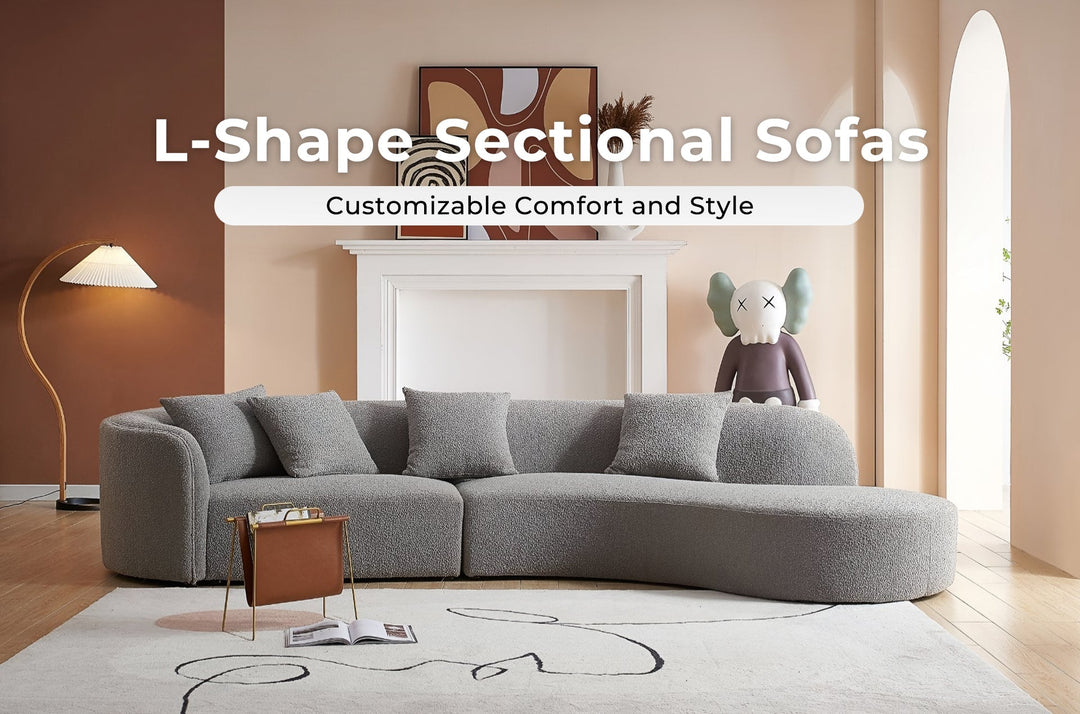

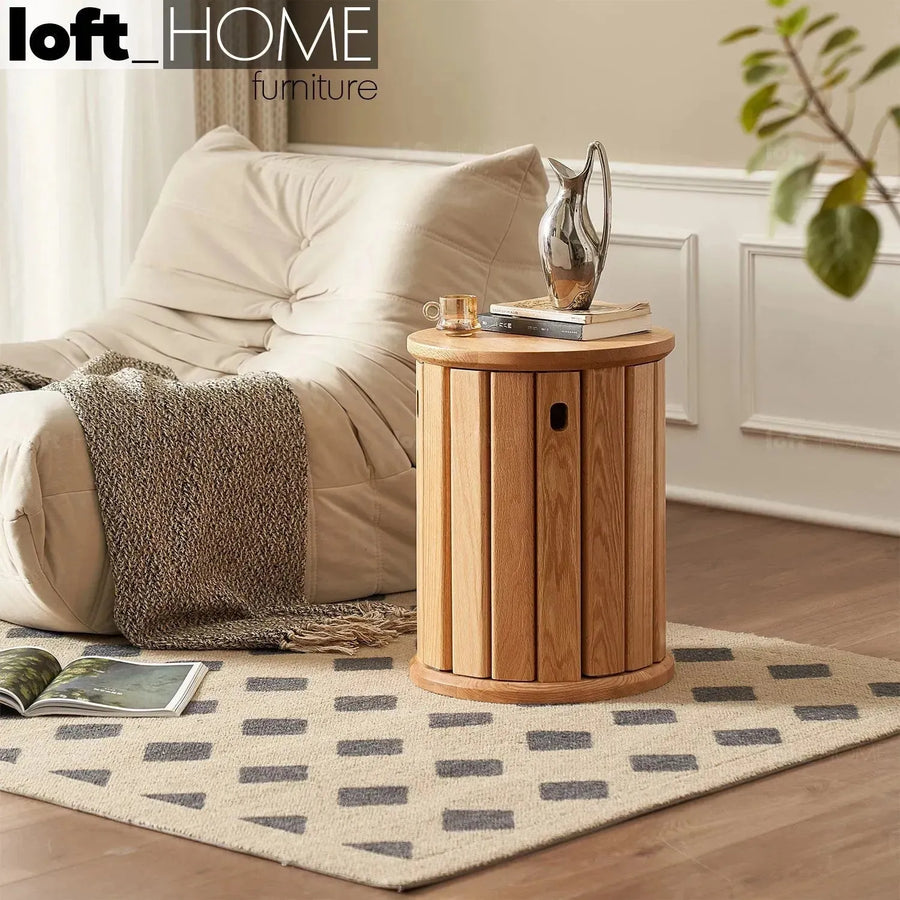
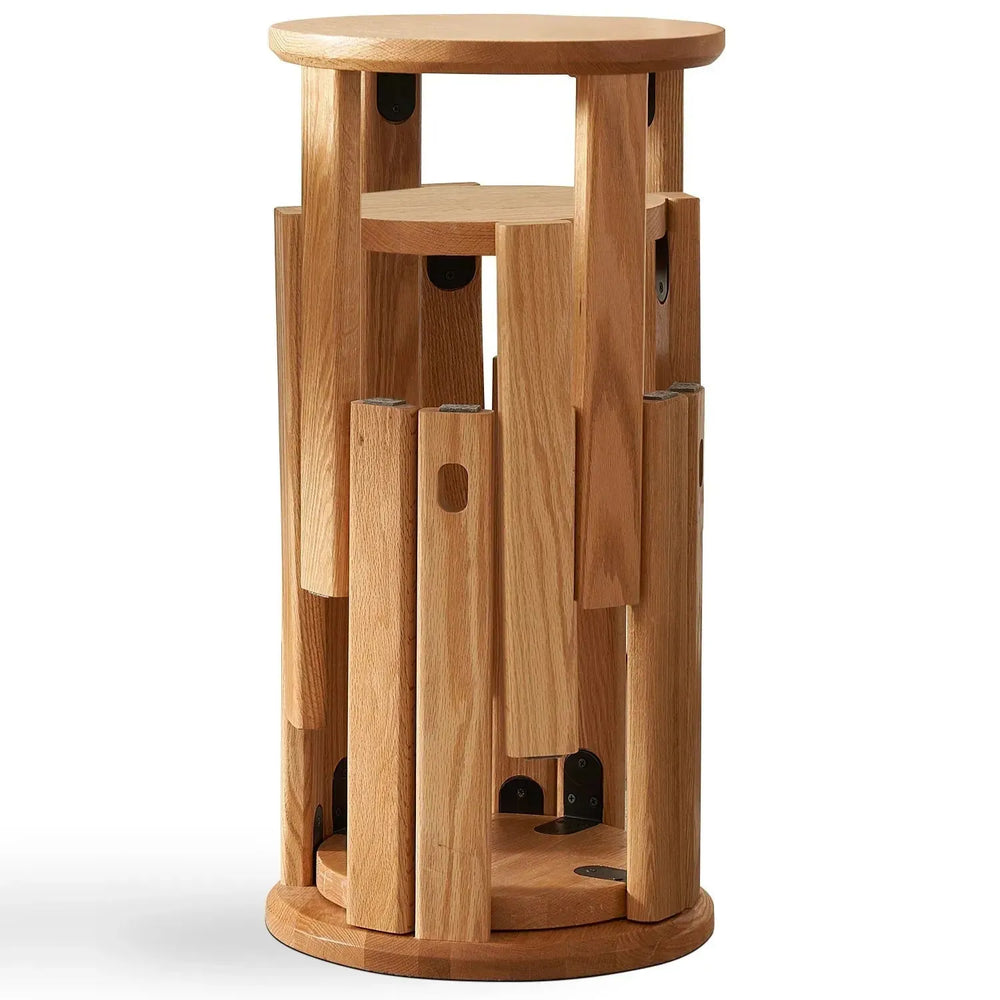




Leave a comment